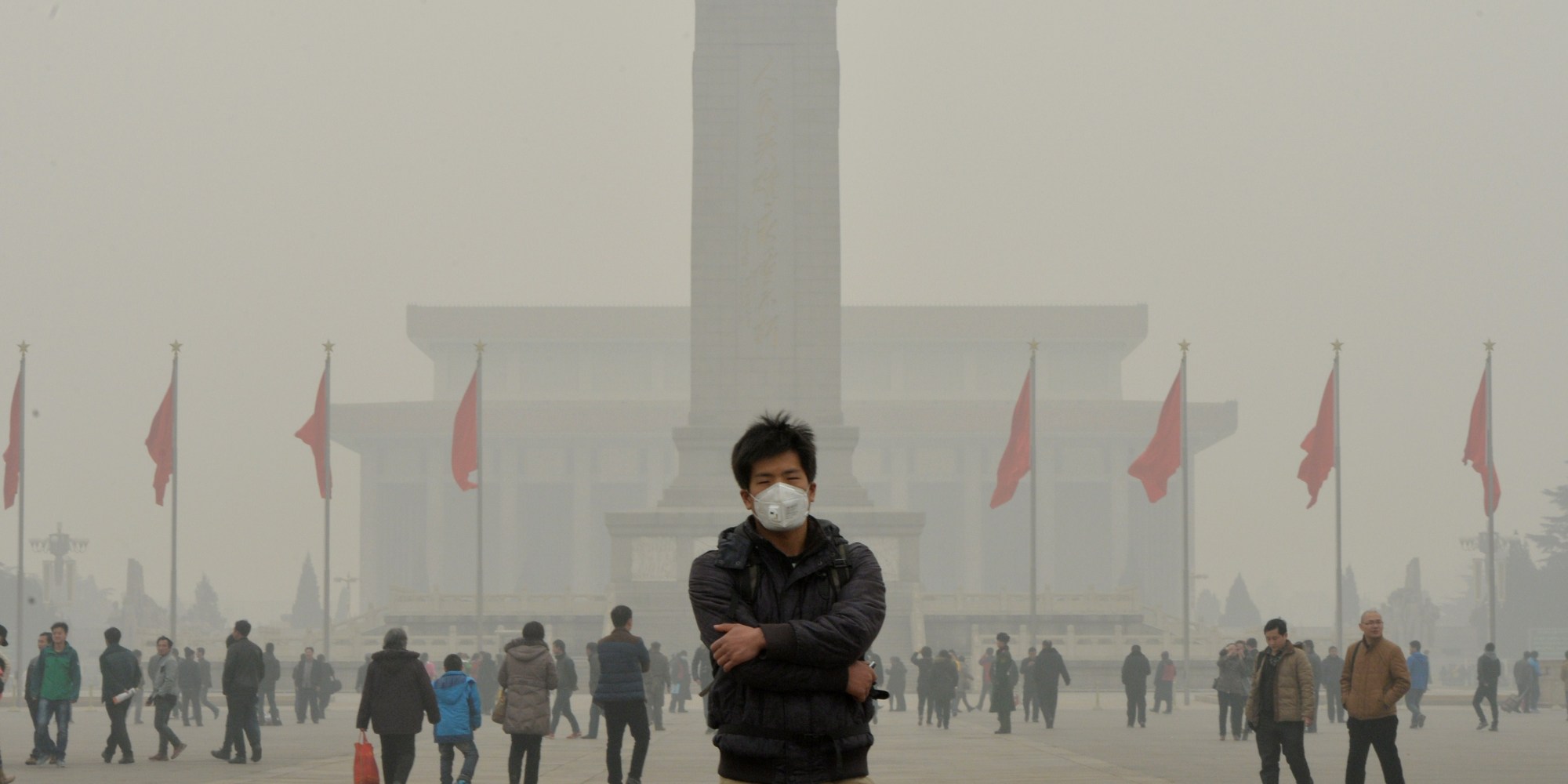What You Should Know About the Recent Paris Agreement
Jan 7, 2016 • Abu Poblete

Jan 7, 2016 • Abu Poblete

After two weeks of non-stop negotiations, the Paris Agreement has finally been sealed. It is the world’s first collaborative effort that hopes to solve the decades-old climate change problem. The historic 31-page agreement was prepared by the 195 member nations present in the 21st Conference of the Parties (COP21) under the United Nations Framework Convention on Climate Change (UNFCCC) which aims to “stabilize greenhouse gas concentrations in the atmosphere at a level that would prevent dangerous anthropogenic interference with the climate system.”
With this turning point towards a healthy and sustainable future, here are 8 things you should know about the iconic Paris Agreement.
The main aim of the agreement is to keep the global temperature rise below 2°C (3.6°F) by the century’s end, and limiting it further to 1.5°C (2.7°F) above pre-industrial levels.
In order to meet the 2°C goal, ratified countries are to reduce their greenhouse gas emissions “as soon as possible.” Countries also agreed to set their own national targets in the reduction of greenhouse gas emissions every five years. More than 180 countries have set their targets for 2020.
The Philippines has pledged to cut down its carbon emissions to 70% by 2030. The Philippines isn’t expected to strictly follow this pledge, though, as we are a developing country.
The Paris Agreement also encourages trillions of dollars of capital be devoted to helping countries adapt to climate change, like making sea walls, programs in rebuilding poor soil and developing renewable solar and wind power.
Ratified developing countries may have a hard time in keeping up with the measures of the agreement, which is why it states that wealthy countries should offer a helping hand to developing countries for their own reduction of emissions and adaptation to climate change.
Some developed countries have already pledged to annually give $100 billion to their counterparts in developing countries to help their progress.
Once signed, countries are required to submit updated climate plans called Nationally Determined Contributions (NDCs) every five years to help them enhance and develop their pledges. NDCs should contain the country’s progress in their climate commitments, thus helping them submit new and stronger plans.
Pages: 1 2
Abu is a fangirl by day, and a sleeping fangirl by night. She is mostly seen on Twitter which she considers her first home even though she loathes with all her being its cancel culture (We can all grow and learn guys!). She ranks as the Philippines' number one Modern Family fan in QuizUp. She's a cool girl (she also wrote this write-up).
Input your search keywords and press Enter.
